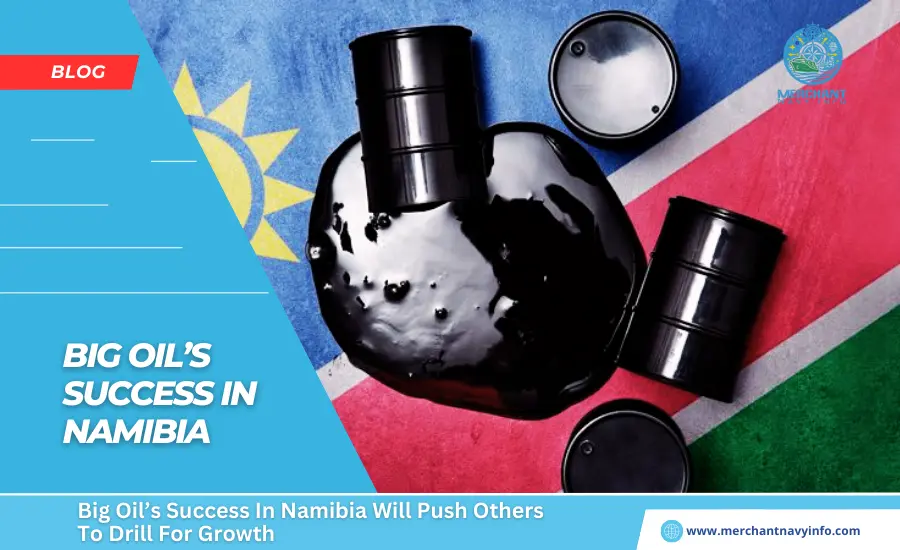
The success of major oil companies in Namibia’s Oil will motivate other companies to exploit for development. The law of averages may catch up with explorers, as the typical success rate for a series of offshore wells is about one-third the number of workers on a Shell oil rig. The recent successes of Shell, Total, and Galp will encourage other companies to invest more in exploration © Bloomberg Big Oil’s success in Namibia will spur other companies to drill for development on x (open in a new window).
Big Oil’s success in Namibia will motivate others to drill for growth on Facebook (opens in new window). Big Oil’s success in Namibia will motivate others to drill for growth on LinkedIn (opens in a new window). Save current progress 89% March 6, 2024, 15 Print this page Unlock Free Digest Editor Roula Khalaf, editor-in-chief of the FT, picks her favorite stories in this weekly newsletter.
Argument
Those who argue that oil prices are about to rise often point to a recent lack of sustained investment in oil and gas exploration. They believe that if there is not enough capital invested in large offshore projects, crude oil supply will decrease. There have been very large oil discoveries, especially in the Norwegian North Sea, off the coast of Guyana (11 billion barrels of oil) and, more recently, off the coast of Namibia’s Oil. Shell, TotalEnergies, and Portugal’s Galp have made a series of oil (and some gas) discoveries off the coast of the southwestern African nation over the past two years. Together, they can produce hundreds of millions, even billions of barrels of oil.
Conversely, a surprisingly high success rate may stimulate more activity. Of the 17 pure exploration wells since February 2022, there have been 15 confirmed discoveries of commercial quantities of oil or gas. Chevron is certainly confident in this result. In October 2022, the second-largest US oil company announced that it had acquired 80% of offshore licenses from the Namibian subsidiary of Toronto-listed explorer Santana and another small driller. Young explorer Santana was one of the first buyers of drilling licenses off the coast of Namibia. The acreage Chevron acquired is located just west of Galp. The American oil and gas company has applied to drill up to 10 wells starting in the fourth quarter of this year.
Investors in Santana
Investors in Sintana, with a market value of CA$122 million, have performed very well. Its stock price has more than tripled in the past year. Of course, the law of averages may soon catch up with these explorers. The typical success rate for a series of offshore wells like this is about one-third. Such a high success rate (88%) could mean that this orange lake in Namibia could be very fertile. However, history shows that this success rate will decrease over the next few years. These wells cannot be cheap.
Some are drilled about 3,000 meters underwater before penetrating deeper into the seabed. Galp spent between $200 million and $300 million on its first two successful oil wells in October. Even if these costs decrease over time, a few “dry” wells could cause some of these oil companies to rethink their plans. It is too early to say whether Namibia’s offshore oil field will become another important source of oil. However, early signs point to significant discoveries, at least at the level of hundreds of millions of barrels of recoverable oil. Surely, the successes of Total, Shell and Galp will encourage major oil companies to invest more in exploration.










